
Choosing the right floor lift for home care starts with what you need. Think about how much weight the lift can hold. Think about how well the user can move. Look at how high the lift goes. Make sure the lift is comfortable. Safety is the most important thing. Look at the chart below to see what matters most in home care. Ask a professional if you need help. Use this guide to feel sure about your choice.
Factor |
Confidence Interval (CI) |
|
|---|---|---|
Availability of equipment supplies |
9.61 |
[6.32, 14.63] |
Staff availability to help with equipment |
6.64 |
[4.36, 10.12] |
Staff preference to use equipment |
3.46 |
[2.48, 4.83] |
Equipment required for patient condition |
2.38 |
[1.74, 3.25] |
Patient inability to help with lift/transfer |
2.38 |
[1.71, 3.31] |
Equipment located in/by patient room |
1.82 |
[1.08, 3.06] |
Sling already under patient |
1.79 |
[1.27, 2.51] |
Patient size/weight |
1.38 |
[0.98, 1.95] |
Lower patient mobility score |
3.39 |
[2.19, 5.26] |
Presence of physical or mental impairments |
2.00 |
[1.40, 2.86] |
Floor Lift Basics

What Is a Floor Lift
Floor lifts are different from other home care devices. They help move someone from the floor to a chair or to stand up after a fall. These lifts use hydraulic power to work from the ground. You do not need to put anything on the ceiling. The setup is not hard. Floor lifts are easy to take care of and usually cost less than ceiling lifts.
Floor lifts start at the ground, but ceiling lifts hang above.
You can move floor lifts to different rooms in your house.
They are easy to keep working because they have fewer parts.
Why Use a Patient Lift
Patient lifts are very important in home care. They help move people from a bed to a wheelchair or another place. These lifts make moving safer and more comfortable. You do not have to lift someone by hand, so you are less likely to get hurt.
Function |
Description |
|---|---|
Helps stop injuries when moving someone. |
|
Caregiver Support |
Makes it easier for caregivers and helps their muscles. |
Quality of Life Improvement |
Lets patients move more and feel more independent. |
Patient lifts help keep your loved one safe and comfortable. The sling spreads out weight, so there are no sore spots. Transfers are smoother and feel better. These lifts let people move with less help. This helps them feel more confident and keeps their independence.
Tip: Using a patient lift at home can make daily care safer and easier for you and your loved one.
Patient Lift Buying Guide
Picking a transfer lift for home care can seem hard. This guide helps you learn about patient lifts. It shows what features to look for. It helps you match the lift to your needs. You want every move to be safe and comfy for you and your loved one.
Types of Patient Lifts
There are different patient lifts for home use. Each type works best for certain needs. Here is a quick look at the main types and how they help:
Type of Lift |
Mechanism Description |
Best For |
|---|---|---|
Sit-to-Stand Lifts |
Helps people stand up if they can hold some weight. |
Users who can stand with some help. |
Overhead or Ceiling Lifts |
Uses ceiling tracks to move across rooms. |
People who need full support for a long time. |
Bariatric Lifts |
Strong lifts for people who weigh more. |
Bariatric patients in big spaces. |
Bath Lifts |
Waterproof lifts for getting in and out of bathtubs. |
Bathing with help. |
Pool Lifts |
Made for lifting people in and out of pools. |
Pool therapy and pool access. |
Floor Lifts |
Raises someone from the ground to sit or stand. |
Helping people who have fallen. |
You may hear about manual, electric, hydraulic, and mobile lifts. Each kind has good and bad points:
Type of Lift |
Advantages |
Disadvantages |
|---|---|---|
Manual Patient Lift |
Cheap, light, easy to move, no charging needed. |
Needs strength, hard for one person to use. |
Easy to use, less effort, good for heavy people. |
Costs more, needs power or charging. |
|
Hydraulic Patient Lift |
Safe, comfy design, helps caregivers avoid strain. |
Hard to use in small spaces. |
Mobile Patient Lift |
Can move around, easy to use, costs less than ceiling lifts. |
Uses more floor space, hard to move on thick carpet. |
Mobile patient lifts are liked for home care. They are easy to move and use in many rooms. But they need more space and can be tough on thick rugs. Hoyer lifts are a common floor lift for families.
Key Features to Consider
When picking a patient lift, look for things that make it safe and comfy. This guide shows what matters most:
Weight Capacity: Make sure the lift can hold the patient’s weight. Too much weight can break the lift and hurt someone. The right weight keeps moves safe and comfy.
Size and Portability: See if the lift fits in your home. Mobile lifts are easy to move, but need space to work.
Lift Height: Check how high the lift goes. Some lifts reach tall beds or chairs. Others can lift from the floor.
Comfort and Sling Types: Pick slings that fit the patient’s needs. U-shaped slings work for chairs and wheelchairs. Full body slings are good for bathing or using the toilet. Padded and airy slings feel better and stop skin problems.
Ease of Use: Choose a lift that is easy for caregivers. Electric lifts need less effort and are good for heavy people.
Safety Features: Look for emergency stop, strong frames, and wheels that lock. These keep everyone safe during moves.
Adjustability: Some lifts can change size or arm length for different moves.
Cost and Insurance Coverage: Prices start at $400 for basic lifts. Electric lifts can cost $3,000. Ceiling lifts can cost up to $8,000. Check if insurance pays for some of the cost.

Matching Lift to User Needs
Pick a lift that fits the patient’s movement and your home. This guide helps you choose the right one.
Assess Patient Mobility: See if the patient needs full help or some help. Sit-to-stand lifts work for people who can stand a little. Floor lifts help those who need full support.
Measure Your Space: Measure the rooms where you will use the lift. Make sure there is space to move around furniture. Watch out for things like ceiling fans.
Consider Caregiver Abilities: Caregivers should learn how to use lifts safely. Lifting aids make moves easier and safer. Practice helps everyone stay safe.
Choose the Right Sling: Look at what makes the patient feel stable and comfy. Padded slings help sore spots. Airy slings stop skin problems.
Think About Safety and Comfort: Always follow the weight rules. Make sure the lift is steady during moves. Safety and comfort are most important.
Consult Professionals: Talk to doctors, therapists, and caregivers. They can give advice for your needs. Getting help makes every move safe and respectful.
Tip: New patient lifts now have smart sensors, light frames, and wireless controls. These new features make moves safer and easier for everyone.
This guide gives you what you need to pick the best floor lift or transfer lift for your home. Focus on safety and comfort. Ask experts if you are not sure.
Safe Use of Patient Lifts

Safety Features
When you use a patient lift at home, you want to make sure every move is safe. The right safety features help you avoid accidents and keep everyone comfortable. Here are the most important things to look for:
Weight capacity that matches the person’s needs.
Sling design with options for comfort and support.
Emergency stop buttons and overload protection.
Smooth movement with adjustable speed.
Battery backup for power outages.
Easy-to-use controls and safety locks.
Durable materials for long-lasting use.
Emergency stop buttons let you stop the lift right away if something goes wrong. Locking mechanisms keep the lift from moving when you do not want it to. These features help you respond quickly and prevent accidents during safe transfers.
Tip: Always check the sling before each use. Make sure it is the right size and has no damage. This helps with safety during transfers.
Maintenance Tips
You can keep your patient lift working well by following a few simple steps. Start with a pre-use inspection. Look for wear, leaks, or loose parts. Clean and lubricate moving parts often. Check the hydraulic fluid levels if your lift uses them.
Schedule regular inspections. Most manufacturers say you should have a professional check your patient lifts once a year. Clean and disinfect the lift and sling to keep your home safe and healthy. Training helps you use the lift the right way and lowers the risk of injury. Many guides and tips are available for caregivers who want to learn more about safe use of patient lifts.
Note: Good training and regular checks help prevent accidents. You protect yourself and your loved one by following these steps.
To pick the right floor lift for your home, follow these steps:
Talk with an occupational or physical therapist about your needs.
Check your insurance and funding options.
Safety matters most. Patient lifts make transfers safer and more comfortable for everyone.


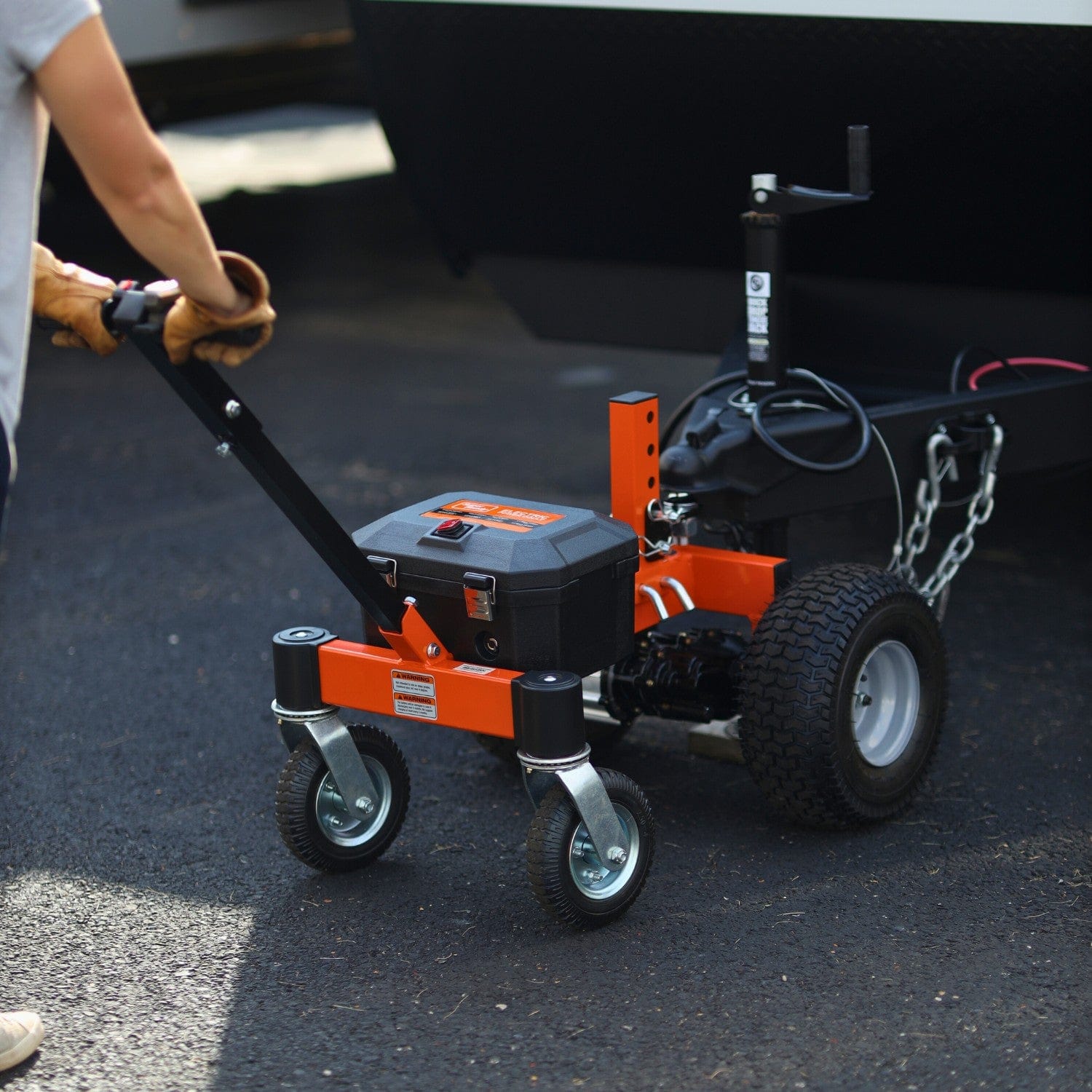
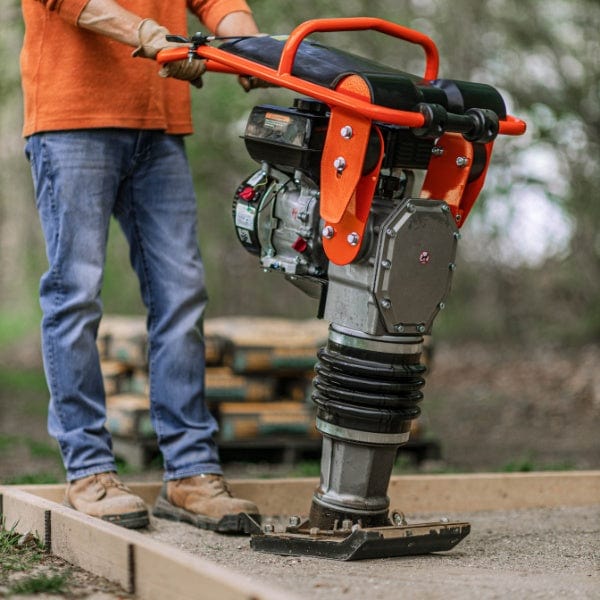
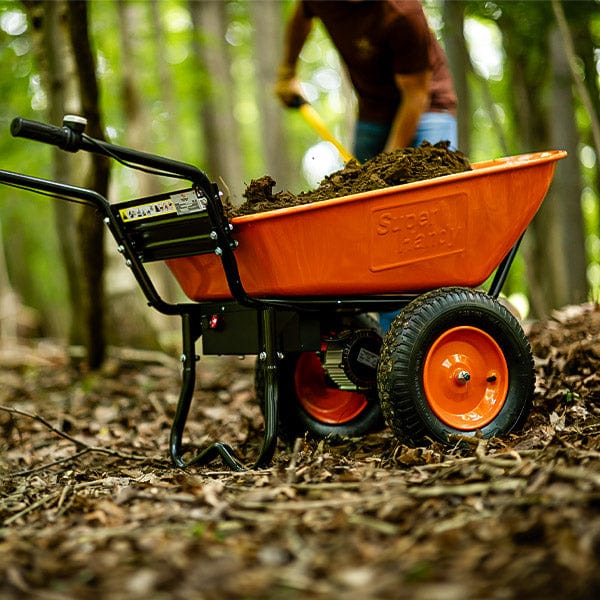
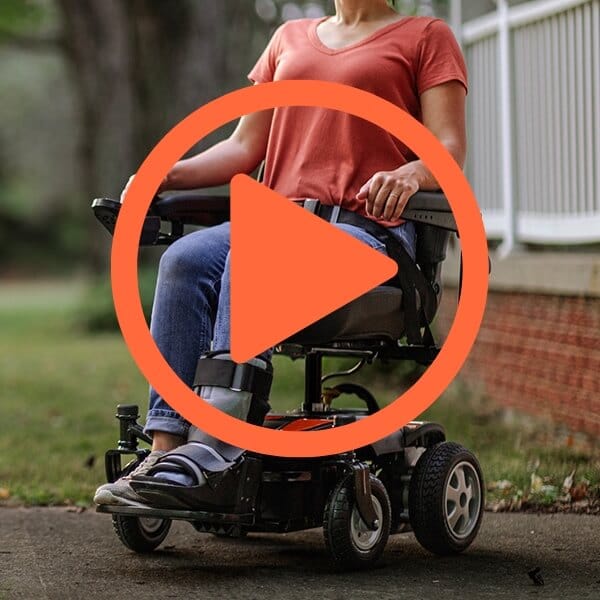

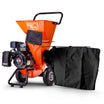
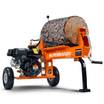

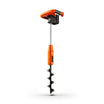
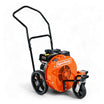
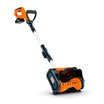
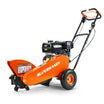
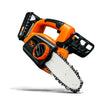
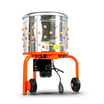

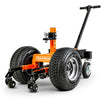
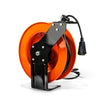
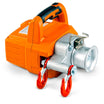
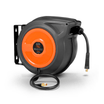
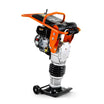
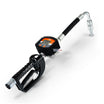
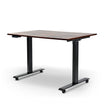
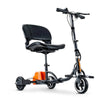
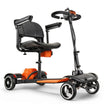
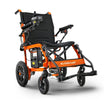


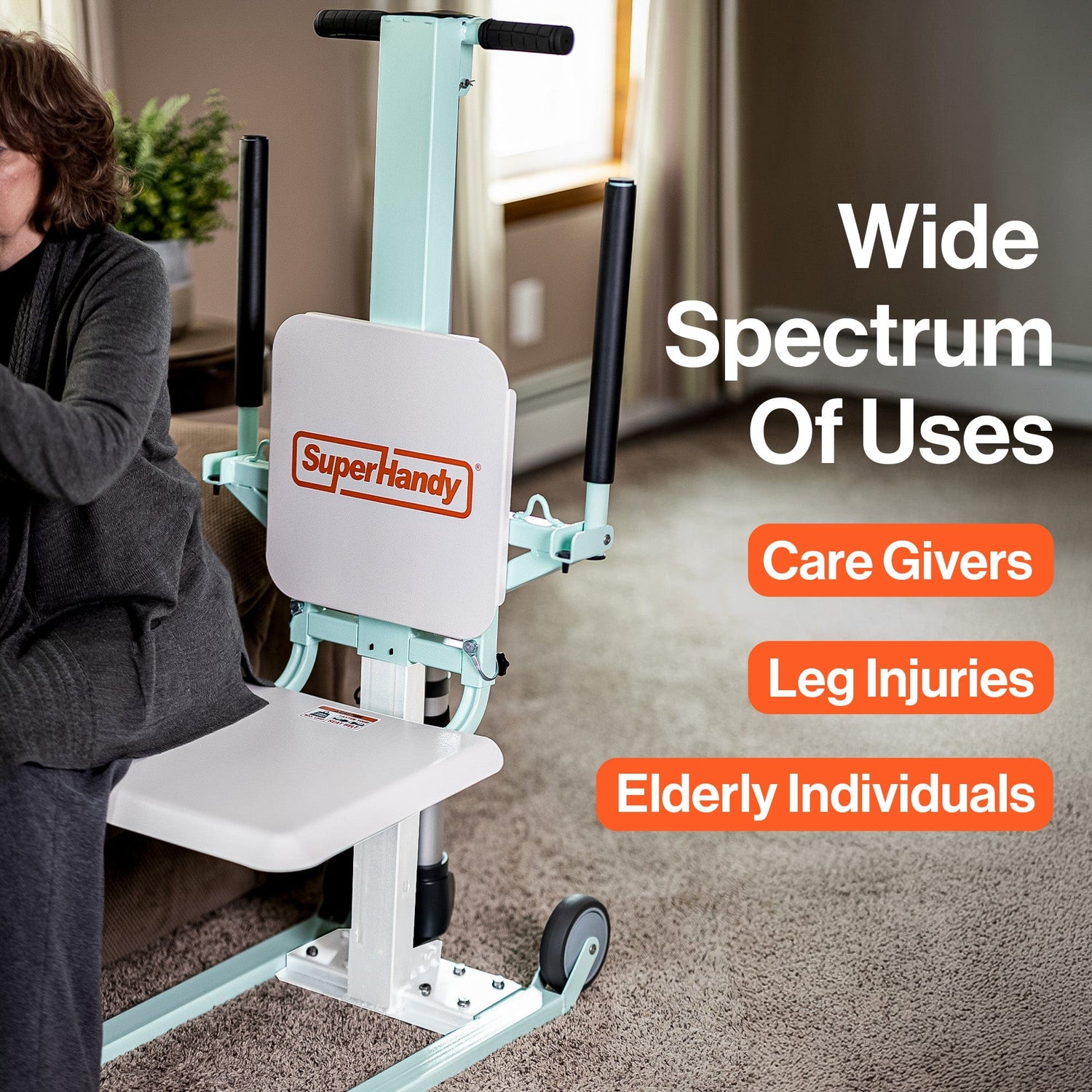

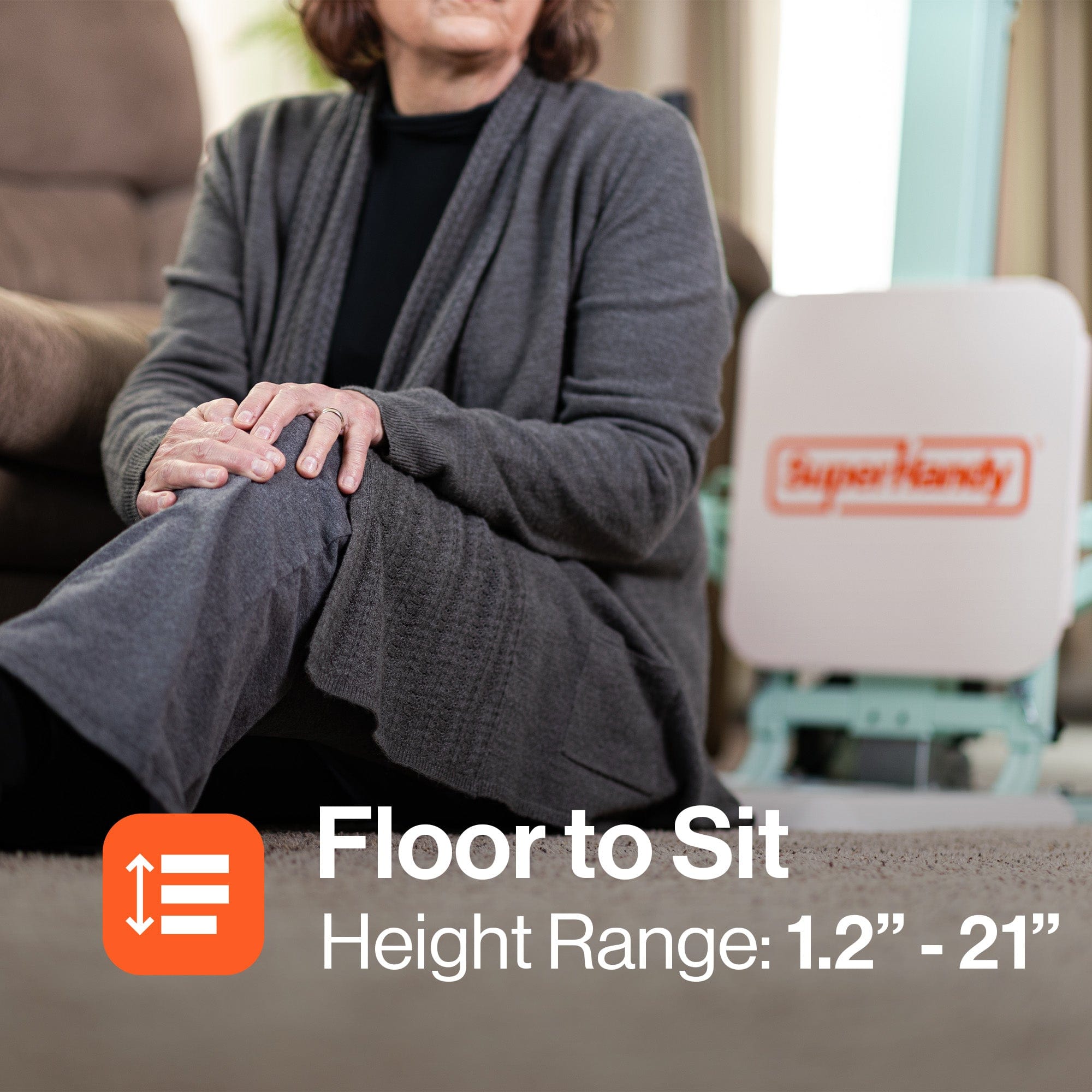
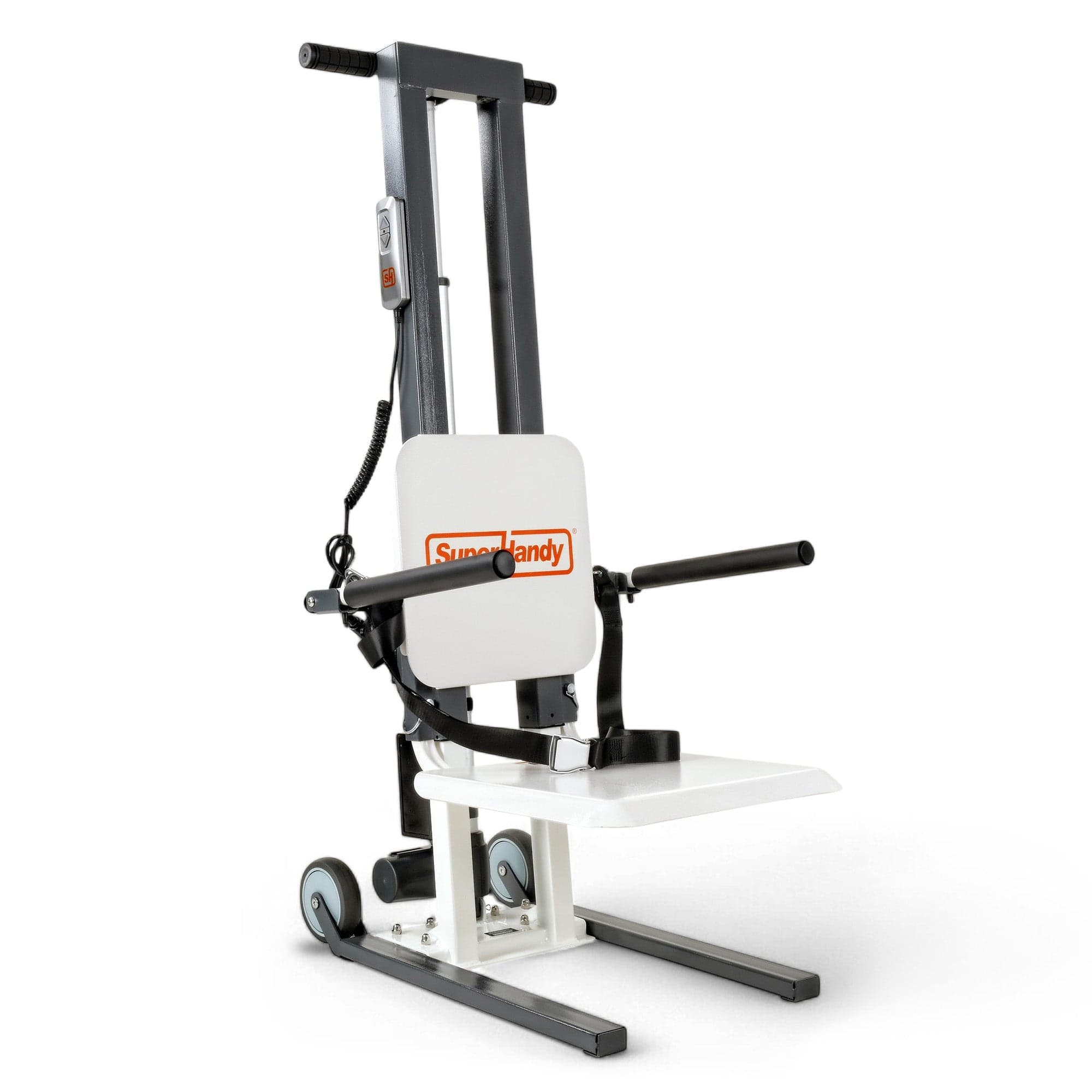
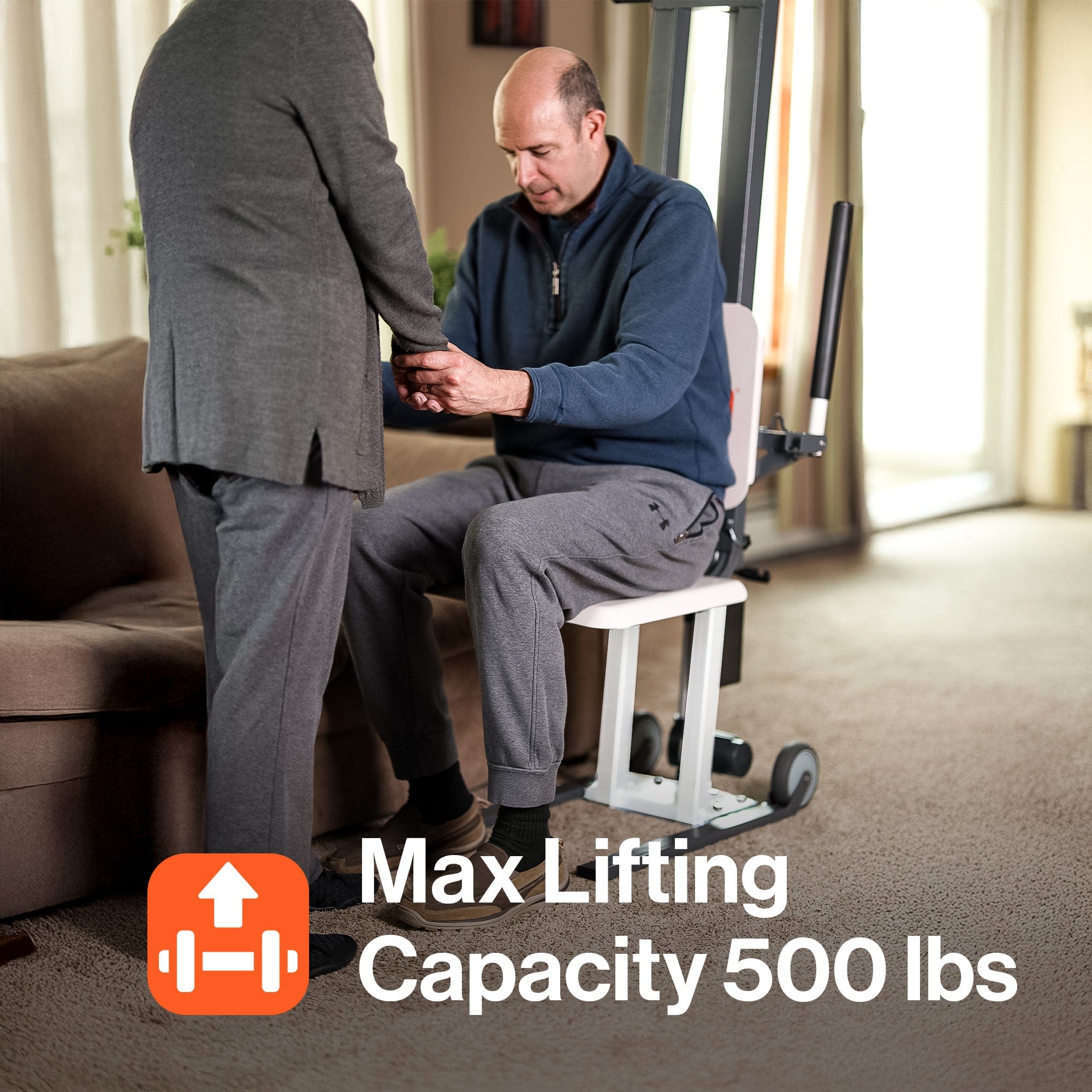
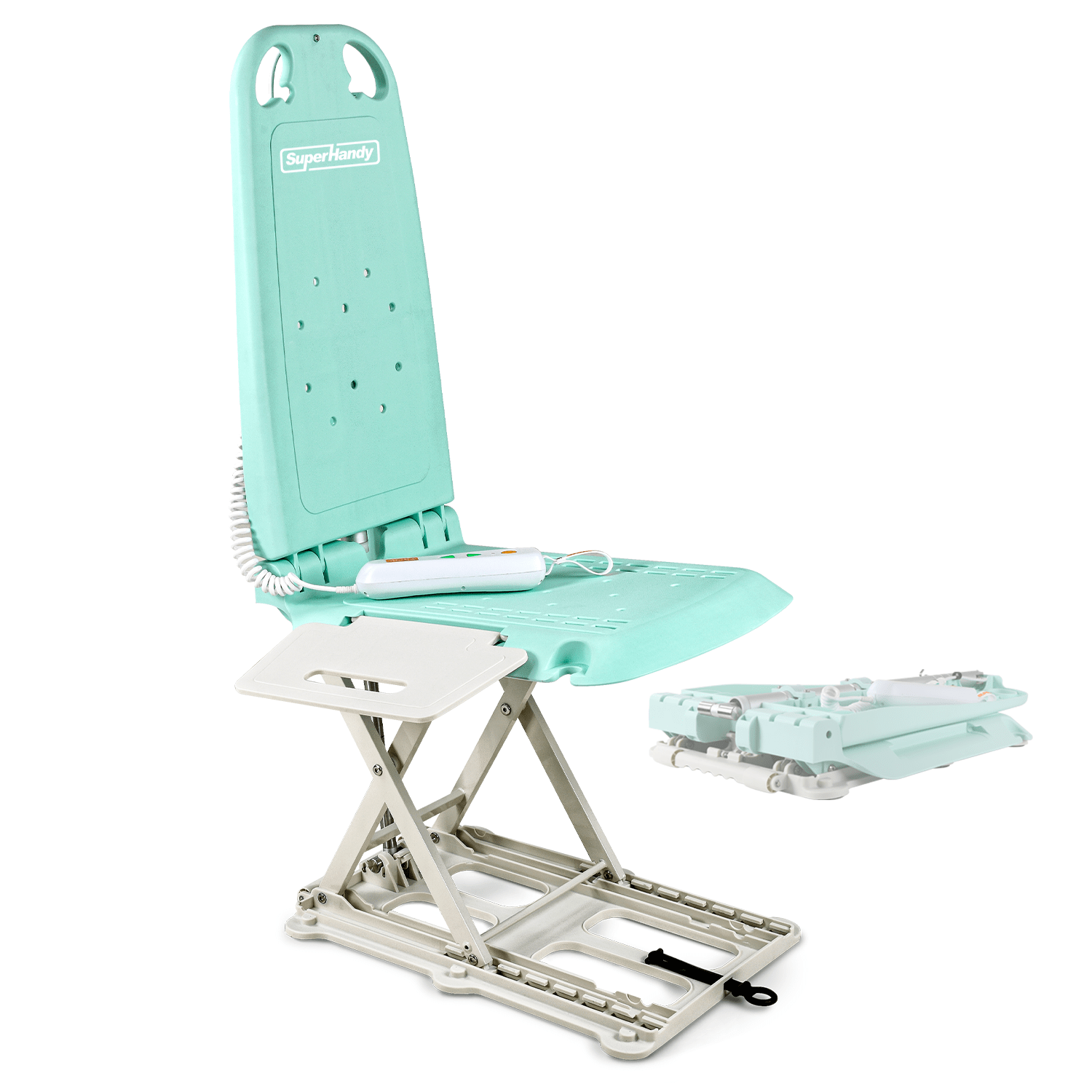
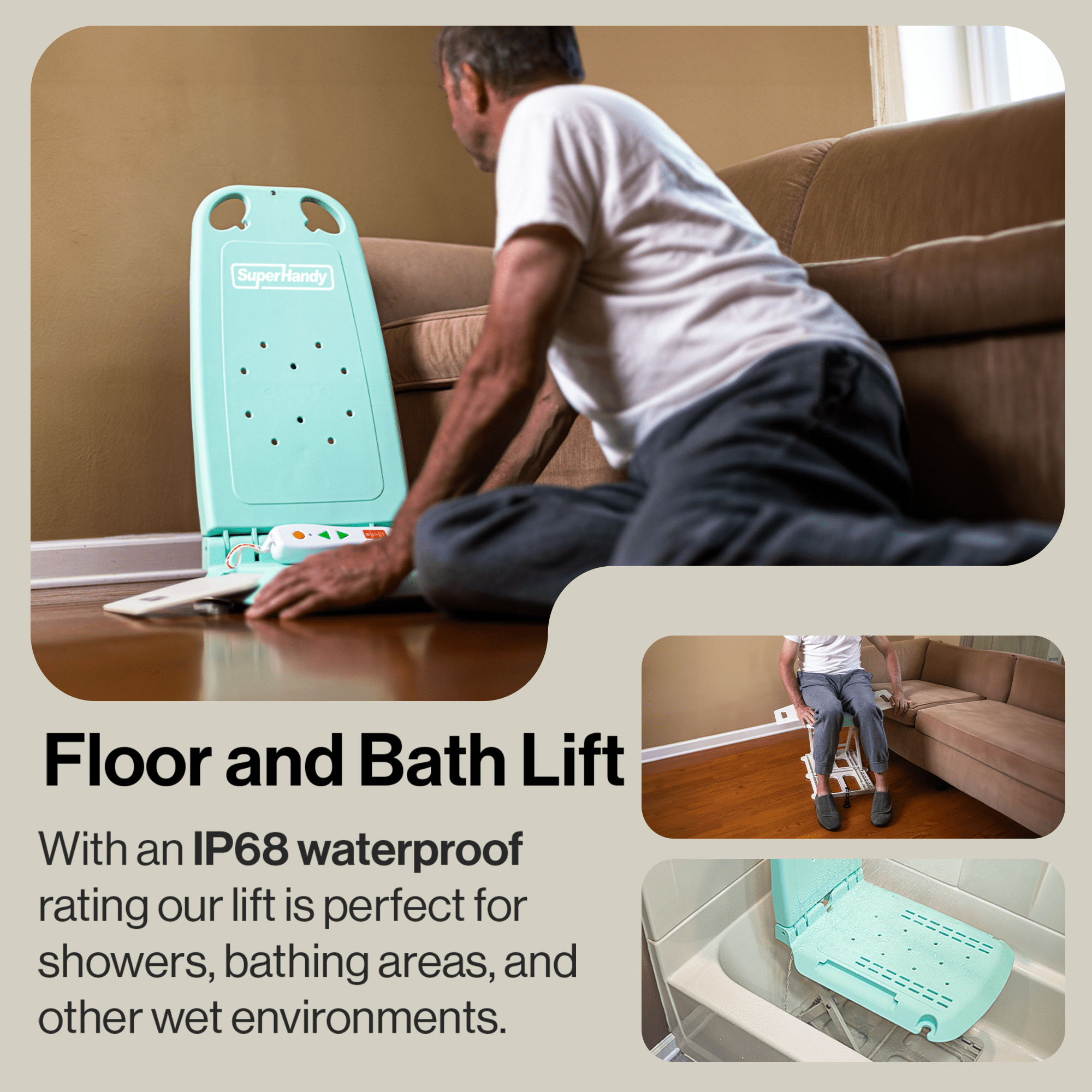
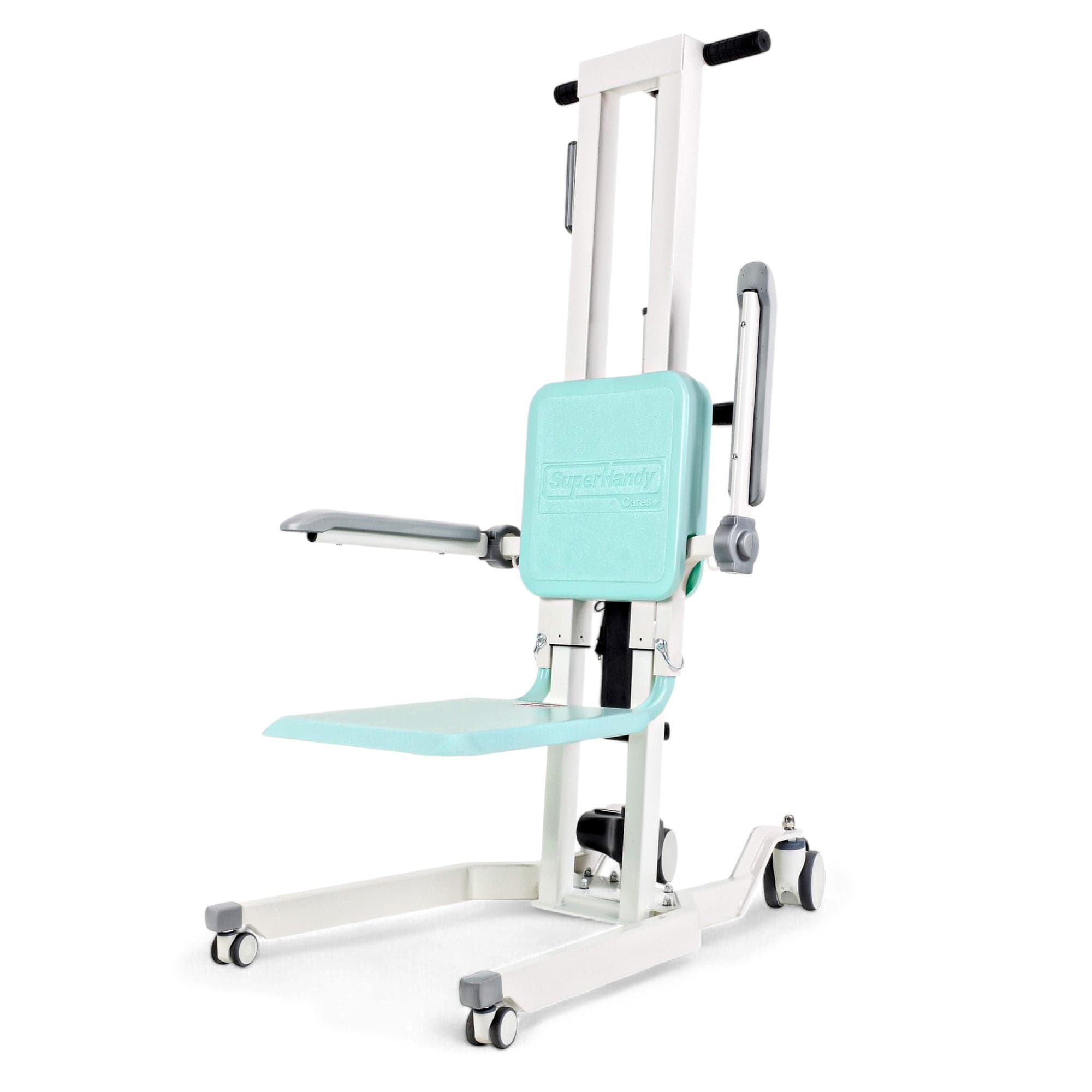
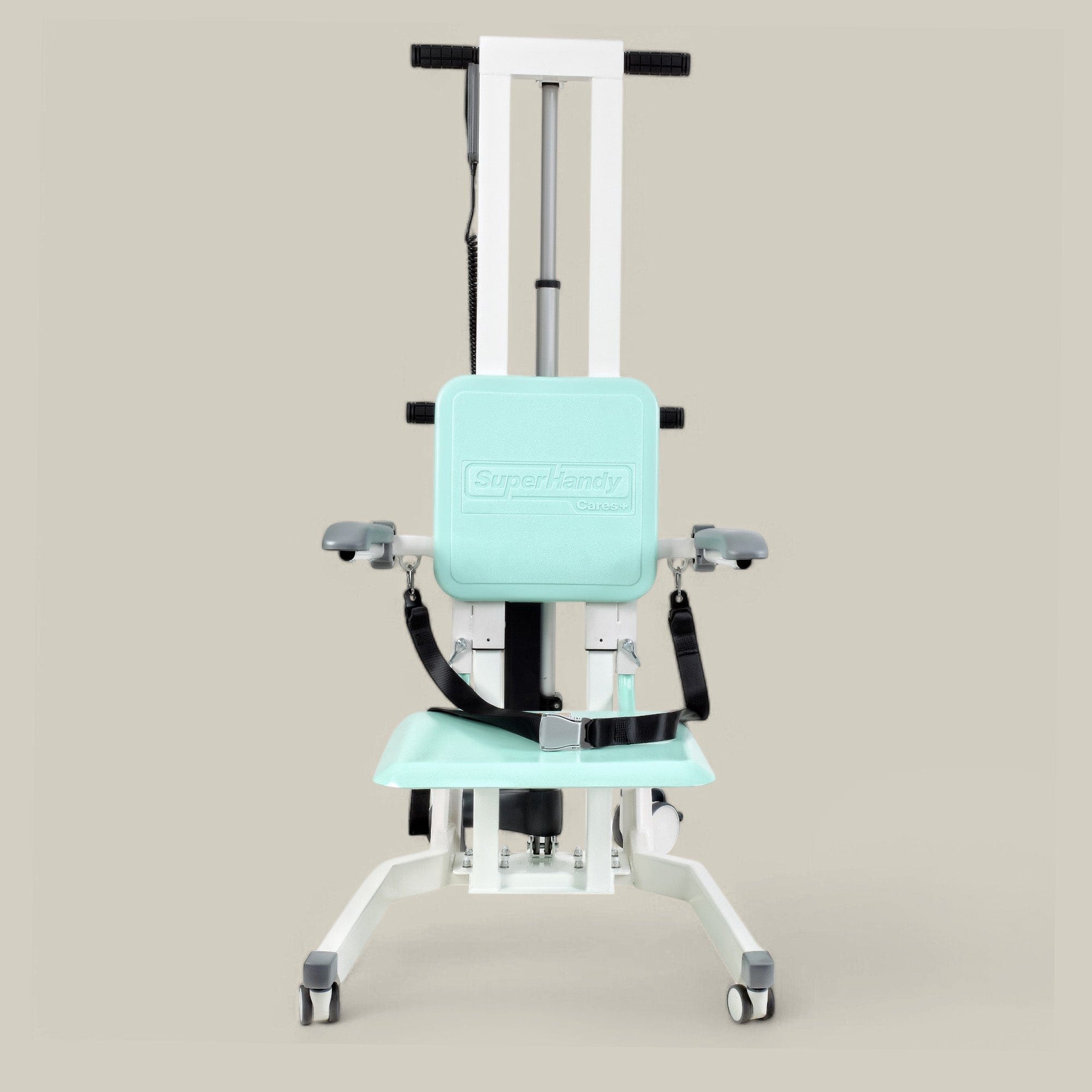

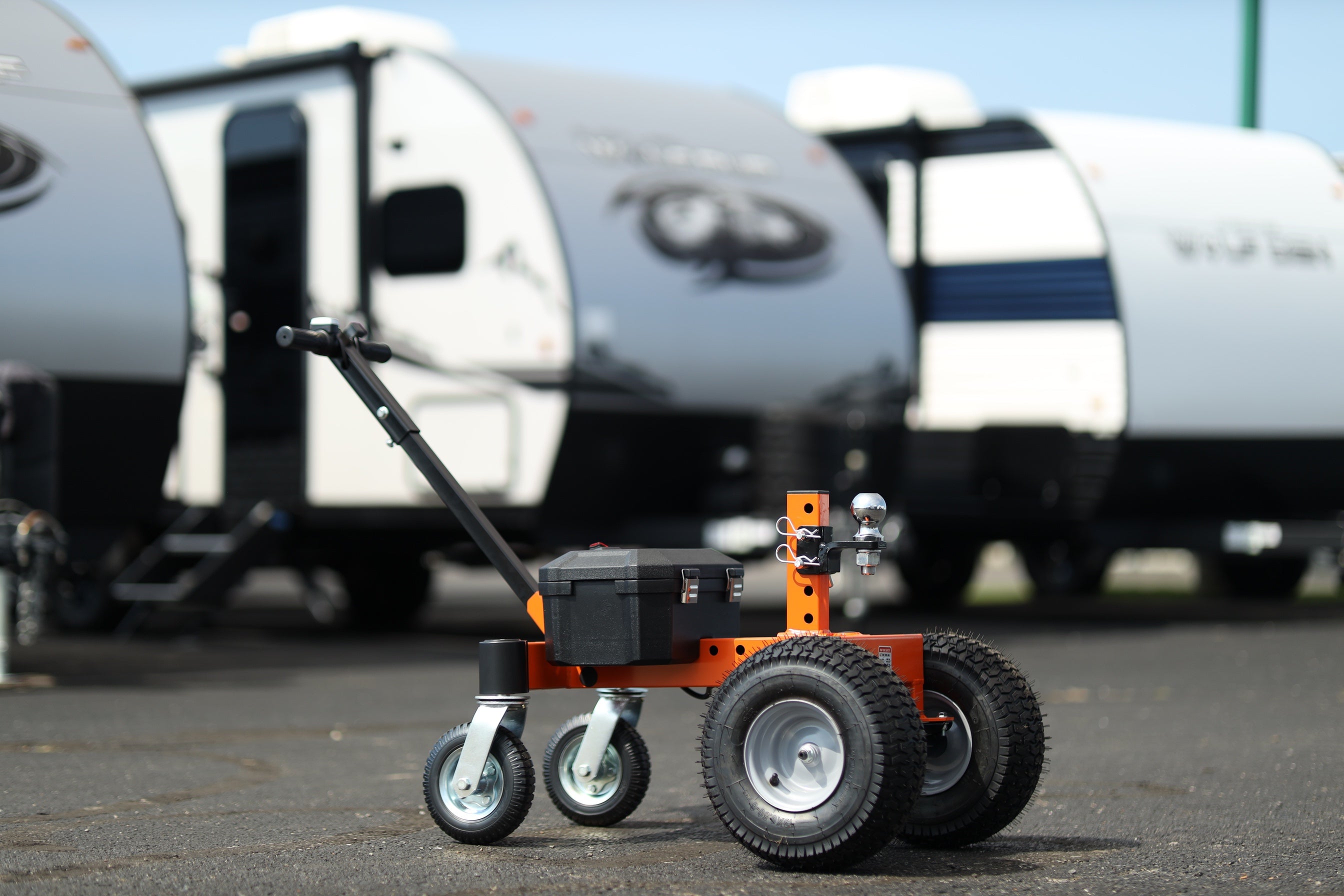
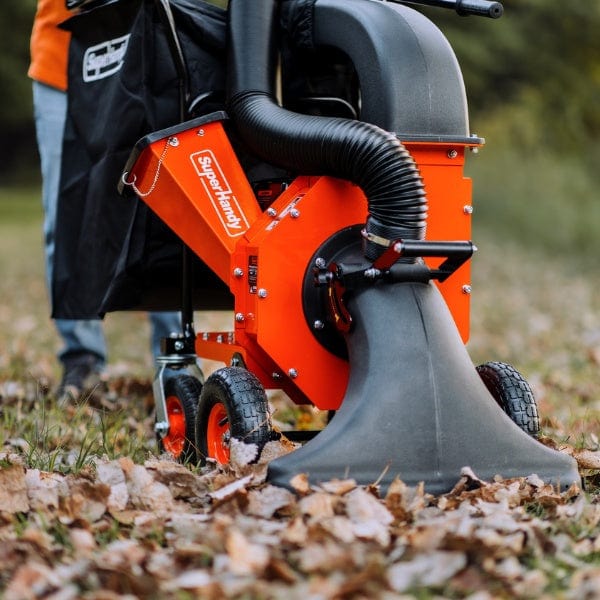
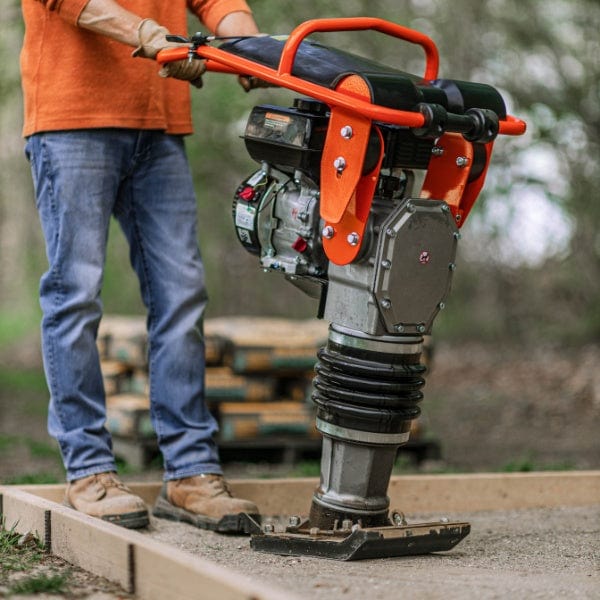
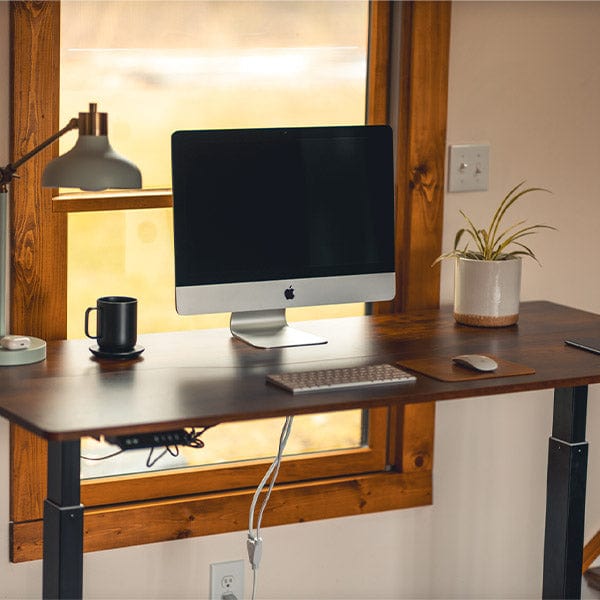

Leave a comment
All comments are moderated before being published.
This site is protected by hCaptcha and the hCaptcha Privacy Policy and Terms of Service apply.